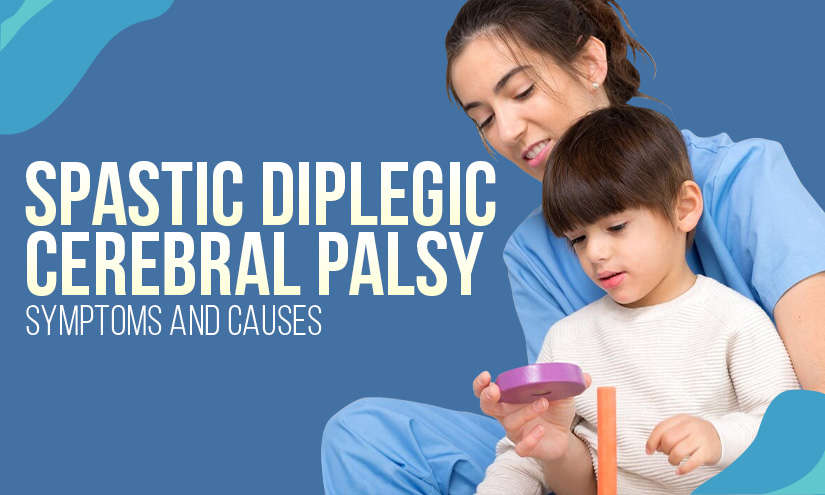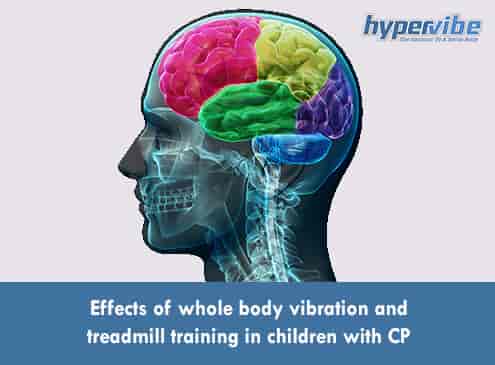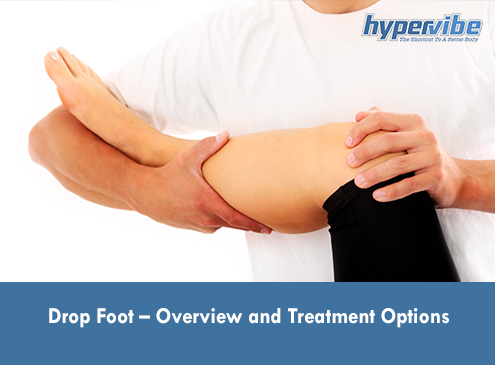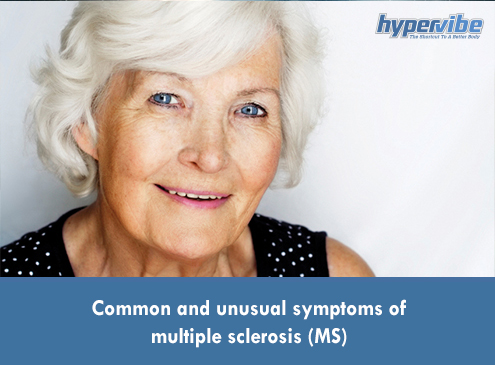An In-Depth Analysis of Hypertonia vs Hypotonia in Infants
When new parents come home with baby for the first time, all they want is for their child to grow up healthy. Of course, parents will be able to tell if something’s not quite right by simply observing how their child moves. Issues with clutching, limpness, stiffness, crawling, and baby not being able to keep itself sitting up straight may be concerns that some parents find themselves facing.
If this is the case and you haven’t heard about it yet, your child may be experiencing hypertonia, hypotonia, or both. In this article, we explore these two muscle-related conditions and the key differences between hypertonia vs hypotonia. This can help you make more informed decisions about your child and their well-being for a better future.
Let’s start with the basics
In medical terminology, “hyper-” refers to something excess in nature whereas “hypo-” refers to lower amounts or quantities of a certain thing. When it comes to hypertonia vs hypotonia, we are specifically talking about muscle tone.
Muscle tone is essential for children’s coordinating abilities. While there is no “right” amount of muscle tone for every child, there is a spectrum where muscle tone can be deemed to be too high, hence hypertonia, or too low, a.k.a. hypotonia.
We’ll now look at each one in a bit more detail.
An in-depth look at hypertonia
With hypertonia – or clinical muscle stiffness – parents are dealing with high levels of muscle tone in their child. In practical terms, this means that children which fall on this end of the spectrum are generally “stiff” and “rigid” because their muscles are too constricted.
As such, children may experience muscle stiffness, spasms, and spasticity, and as a result of these, limited mobility and flexing. This can result in poor balance/decreased range of motion, limited flexibility/joint movement, difficulties walking/moving the arms, legs, or neck, trouble reaching and grabbing objects, loss of balance and frequent falls, throbbing pain or muscle soreness, involuntary muscle twitching, and sometimes, requiring assistance with eating.
Hypertonia is generally an “umbrella” term for three different types of clinical muscle stiffness. These are:
- Spasticity: exaggerated reflex responses
- Rigidity: when there is muscle resistance across the range of motion
- Dystonia: involuntary, repetitive muscle contractions
There are several potential causes of this “umbrella” diagnosis. These may range in severity and could include damage to the brain and/or central nervous system/spinal cord, stroke, brain tumors, toxins, neurodegeneration (e.g Parkinson’s disease), trauma to the baby’s head, multiple sclerosis, and neurodevelopmental abnormalities such as cerebral palsy.
Depending on the severity of your child’s levels and specific types of hypertonia, treatments could include muscle therapy, oral or injected antispastic agents, nerve blocks, and in more severe cases, a surgery that can involve tendon lengthening or transfer. However, in more serious cases such as cerebral palsy, it is possible for the hypertonia to not change over the course of a lifetime. There is potential for full immobility.
In other cases, hypertonia could worsen with an underlying disease. Meanwhile, for moderate hypertonia, safety issues may be a concern due to potential falls due to joint contractures. Generally, hypertonia is diagnosed before the child reaches two years of age.
An in-depth look at hypotonia
On the other end of the spectrum of too much muscle tone, we have too little muscle tone or hypotonia. It’s also commonly referred to as infantile hypotonia, “floppy baby syndrome”, or they may be too relaxed like a “rag doll” when held.
The symptoms exhibited as a result of this condition include delays in acquiring fine and gross motor developmental milestones. This means that baby may struggle to hold their head up when placed on their stomach, they may struggle to balance themselves, fail to et into a sitting position, and be unable to remain seated without falling over. Other challenges with this condition include problems with speech or shallow breathing.
This syndrome can be classified in two ways. The first is classified as a condition on its own and is called benign congenital hypotonia. The second is indicative of another underlying medical problem that signifies progressive loss of muscle tone. In the latter case, these underlying conditions could include muscular dystrophy or cerebral palsy, among others. These conditions are generally detected at birth when the child is still an infant. Generally, it is quite detectable by six months of age. However, it can appear at any age.
Methods of treatment could include physical, occupational, and speech therapy to help strengthen the muscles, boost coordination, enable them to stay on track with their developmental milestones, and help with breathing, speech, and swallowing difficulties. Although hypotonia is often a lifelong condition, and your child will need to learn coping mechanisms, it is not life-threatening. One exception to this is in the cases of motor neuron or cerebellar dysfunction.
What are the differences: hypertonia vs hypotonia?
We now turn to the primary differences between hypertonia vs hypotonia. Although they may appear similar in nature due to the fact that both deal with muscle tone, they are completely different diagnoses and require different treatments and approaches. So, without further ado, here is what you need to know about hypertonia vs hypotonia:
- Definition: the definitions of hypertonia vs hypotonia differ from each other. Whereas the former refers to increased or high muscle tone, the latter refers to decreased or low muscle tone.
- Location: with hypertonia, the infant may struggle to move their arms and legs due to stiffness. Meanwhile, hypotonia is characterized by a limpness or weakness of the limbs.
- Causes: for hypertonia, the causes may include head trauma, stroke, brain tumors, toxins affecting the brain, neurodegenerative disorders, or neurodevelopmental abnormalities. For hypotonia, the causes may include damage to the brain, spinal cord, nerves, or muscles due to trauma, environmental, or genetic factors, or muscular or central nervous system disorders.
- Symptoms: the symptoms of hypertonia include loss of muscle function, a decreased range of movement, rigidity and spasticity of muscles, deformity, tenderness, and pain in the affected muscles, rapid muscle contractions, etc. The symptoms of hypotonia may include a decrease in muscle tone and strength, poor reflexes, hyper flexibility, speech difficulties, impaired posture, and decreases in activity endurance.
- Treatment: treatment for hypertonia could include oral medication (such as muscle relaxants), exercise, and physical therapy. There may also be surgical interventions. On the other hand, treatment for hypotonia could include physical, occupational, speech, language, aquatic therapy rehabilitation, braces/orthoses, mobility training and equipment, assistive technology devices, augmentative communication devices, medication, and/or sensory stimulation programs.
Concluding thoughts
It must be noted that all muscle tone disorders affect muscle strength, motor nerves, and the brain. As such, hypertonia and hypotonia are two sides of the same coin, although they have vast differences in outcomes, diagnosis, treatments, and more.
It is also possible for a child to experience both hypertonia and hypotonia at the same time, affecting different limbs simultaneously. We hope this article on hypertonia vs hypotonia has helped answer some of the questions you’ve had. Remember that early diagnosis is the first step on the road to treatment. And as such, it is highly encouraged.
Resources:
https://www.instagram.com/p/Cm1gU9-ougF/
https://www.millerandzois.com/stiff-baby.html
https://www.childneurologyfoundation.org/disorder/hypertonia/
https://nortonchildrens.com/services/neurosciences/conditions/hypertonia-baby/
https://my.clevelandclinic.org/health/diseases/22231-hypertonia-baby
https://www.healthline.com/health/hypotonia#outlook
http://www.healthofchildren.com/G-H/Hypotonia.html
https://epidemicanswers.org/symptoms_and_diagnoses/hypotonia-hypertonia/
http://www.cerebralpalsy.org.uk/blog/hypertonia-and-hypotonia
https://www.jobskin.co.uk/hypertonia-and-hypotonia
https://www.webmd.com/baby/hypotonia-floppy-infant-syndrome
https://www.ninds.nih.gov/health-information/disorders/hypotonia













